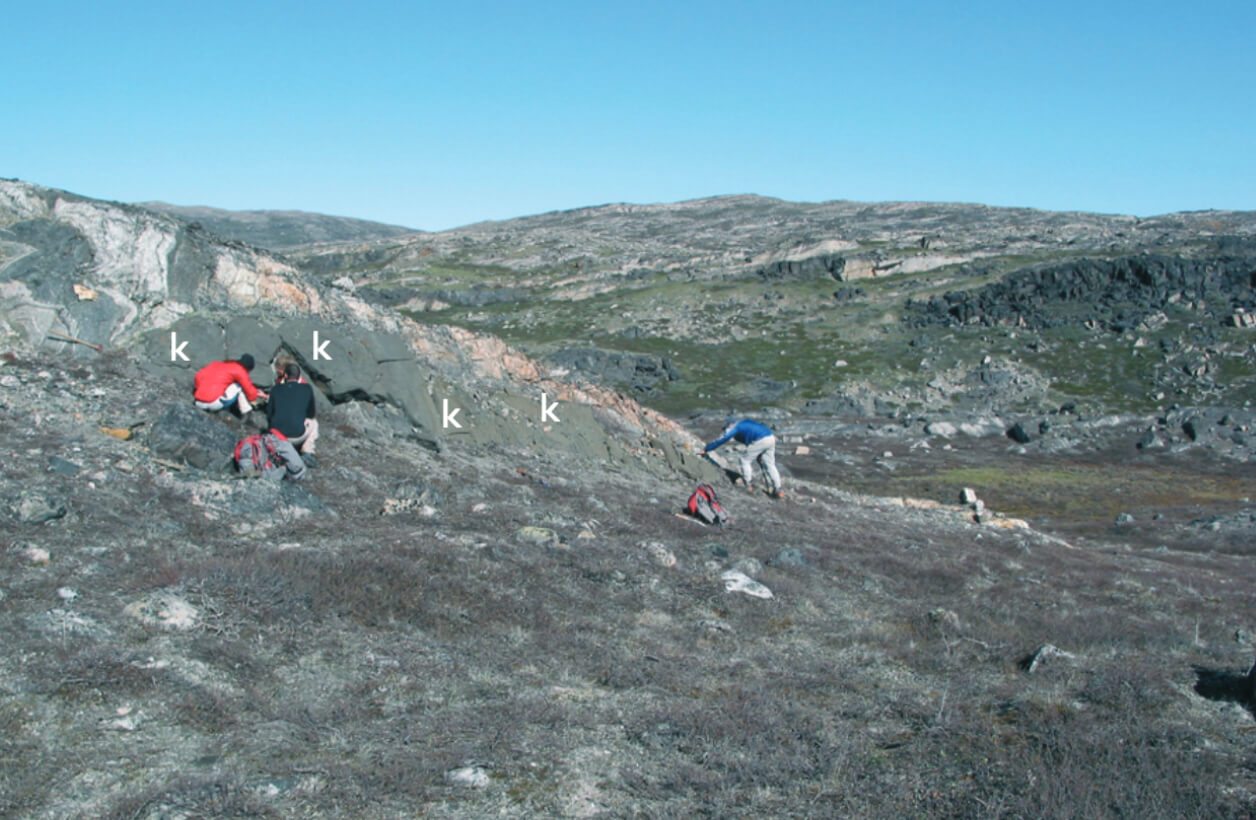
How to Cite
Share
Abstract
Previous investigations by the Geological Survey of Denmark and Greenland (GEUS) and exploration companies have demonstrated that some of the kimberlites in West Greenland are diamond bearing, making the region an important target for diamond prospecting. High-resolution hyperspectral (HS) remote sensing data have been successfully used for the location of kimberlitic rocks, e.g. in Australia and Africa. However, its potential as a viable method for the mapping of kimberlite occurrences in Arctic glaciated terrain with high relief was previously unknown. In July–August 2002, GEUS conducted an airborne hyperspectral survey in central West Greenland (Fig. 1) using the commercially available HyMap hyperspectral scanner operated by HyVista Corporation, Australia. Data were processed in 2003, and in 2004 follow-up field work was carried out in the Kangerlussuaq region to test possible kimberlites indicated by the HS data (Fig. 1). The project was financed by the Bureau of Minerals and Petroleum, Government of Greenland.
How to Cite
Share
Downloads
Editors: Martin Sønderholm & A.K. Higgins
The Review of Survey activities presents a selection of 18 papers reflecting the wide spectrum of activities of the Geological Survey of Denmark and Greenland, from the microbial to the plate tectonic level.
Activities in Denmark: The Survey's activities in Denmark are documented by 11 papers. The main themes [...]










